Green Velvet African Mask Plant – Alocasia Frydek – 6″ Pot – Indoor Tropical Houseplant
Original price was: $49.98.$24.98Current price is: $24.98.
Bring the tropics home with the Green Velvet African Mask Plant (Alocasia Frydek). Features dark, velvety leaves & striking white veins. Thrives in bright, indirect light. Order yours today!
Out of stock
Estimated arrival
Dec 16
Dec 21 - Dec 23
Dec 26 - Dec 30
Reasonable Price
We offer reasonable price

Support 24/7
Contact us 24 hrs a day

100% Money Back
You've 30 days to Return

Payment Secure
100% secure payment
Bring the Tropics Home with the Green Velvet African Mask Plant
The Green Velvet African Mask Plant, or Alocasia Frydek, is a stunning addition to any indoor space. This member of the Elephant Ear family is prized for its dark green, velvet-textured leaves with bold white veins. If you’re seeking a plant that combines elegance and tropical charm, the Alocasia Frydek is an excellent choice. This Alocasia Frydek is perfect for adding a vibrant touch to your home or office.
This indoor houseplant typically grows to a height of 18-22 inches, regularly producing new shoots to create a lush and dense display. The Alocasia Frydek thrives in bright, indirect light, making it suitable for various indoor settings like living rooms, offices, and bedrooms. While it can be placed outdoors in shaded patios or tropical gardens, it’s sensitive to cold temperatures. During cooler months, it’s best to bring it indoors or grow it in containers to ensure healthy growth of your Green Velvet African Mask Plant.
To keep your Alocasia Frydek looking its best, water it regularly, ensuring the soil remains evenly moist but not soggy. This plant dislikes both drought and overly wet conditions. A monthly feeding with a balanced 20-20-20 fertilizer will promote continuous growth. Be mindful of freezing temperatures, as they can cause the plant to die back to the soil line. However, it will revive once warmer conditions return, showcasing its resilience and beauty.
With proper care, the Alocasia Frydek can flourish indefinitely in containers, making it an excellent choice for both novice and experienced gardeners. Its vibrant foliage adds a bold, tropical touch to indoor décor, elevating the aesthetic of any room. Enjoy the many benefits of this plant, including its air-purifying properties and its ability to create a calming and inviting atmosphere. The Green Velvet African Mask Plant is more than just a plant; it’s a statement piece.
Enhance your indoor space with the Green Velvet African Mask Plant (Alocasia Frydek). Its striking velvet-like leaves and low maintenance make it a must-have for plant enthusiasts. Order today to bring a touch of the tropics into your home and elevate your living space!
- Indoor Décor: Perfect for adding a tropical touch to indoor spaces like offices, bedrooms, or living rooms.
- Easy Care: Low maintenance with simple watering and occasional feeding, ideal for busy plant lovers.
- Aesthetic Appeal: The velvety, deep-green leaves with white veins create a bold and striking look.
- Year-Round Growth: Thrives indoors year-round and can also be grown outdoors in warmer climates.
- Versatile Use: Works beautifully in containers, garden borders, or shaded patios.
FAQs About Your Alocasia Frydek
- How much sunlight does the Alocasia Frydek need to thrive indoors? The Alocasia Frydek thrives in bright, indirect sunlight. Avoid placing it under direct sunlight, which may scorch its delicate leaves. A north or east-facing window usually provides the perfect amount of light.
- How often should I water my Alocasia Frydek in its 6″ pot? Water the plant when the top inch of soil feels dry to the touch. Ensure the soil remains evenly moist but not soggy, as the plant dislikes standing water. Typically, this means watering once a week, but always check the soil moisture first.
- Can I grow Alocasia Frydek outdoors, and what temperature range is ideal? Yes, it can be grown outdoors in USDA Zones 9-11. However, it is sensitive to frost and should be brought indoors or protected from freezing temperatures. The ideal temperature range is between 65°F and 80°F (18°C and 27°C).
- What type of fertilizer should I use for my Green Velvet African Mask Plant, and how often? A balanced 20-20-20 soluble fertilizer applied once a month during the growing season (spring and summer) will support healthy growth. Dilute the fertilizer to half strength to avoid burning the roots.
- Is the Alocasia Frydek toxic to pets, and what should I do if my pet ingests it? Yes, the plant is toxic if ingested. Keep it out of reach of pets and children to avoid accidental ingestion. If your pet ingests any part of the plant, contact your veterinarian immediately. Symptoms may include oral irritation, excessive drooling, and vomiting.
Be the first to review “Green Velvet African Mask Plant – Alocasia Frydek – 6″ Pot – Indoor Tropical Houseplant”
-
USDA Hardiness Zone
Zones 9-11 -
Soil Type
Well-draining potting mix -
Sunlight Exposure
Indirect sunlight or partial shade -
Expected Planting Period
Year-round indoors, spring to summer outdoors

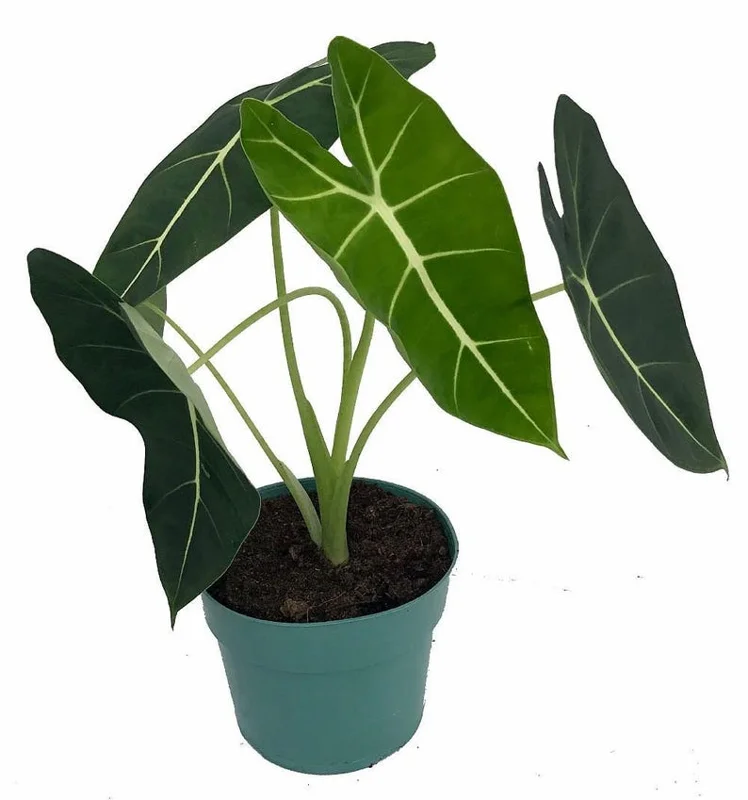
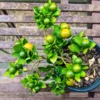
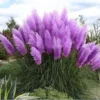
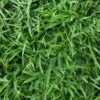
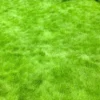
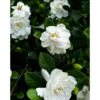
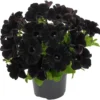
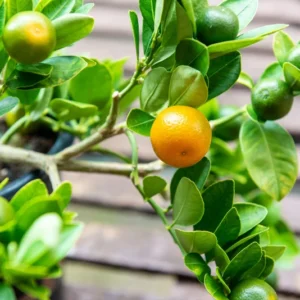
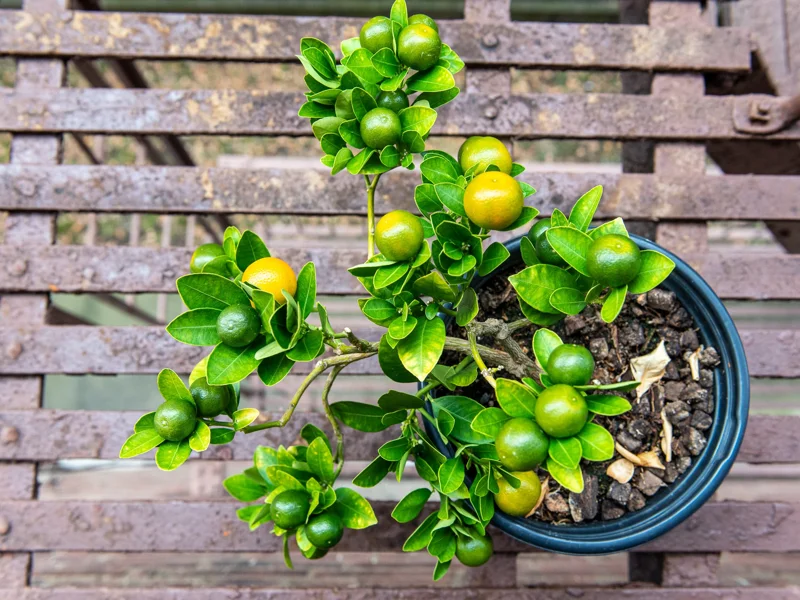
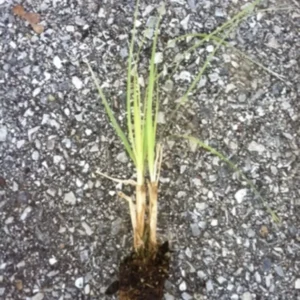
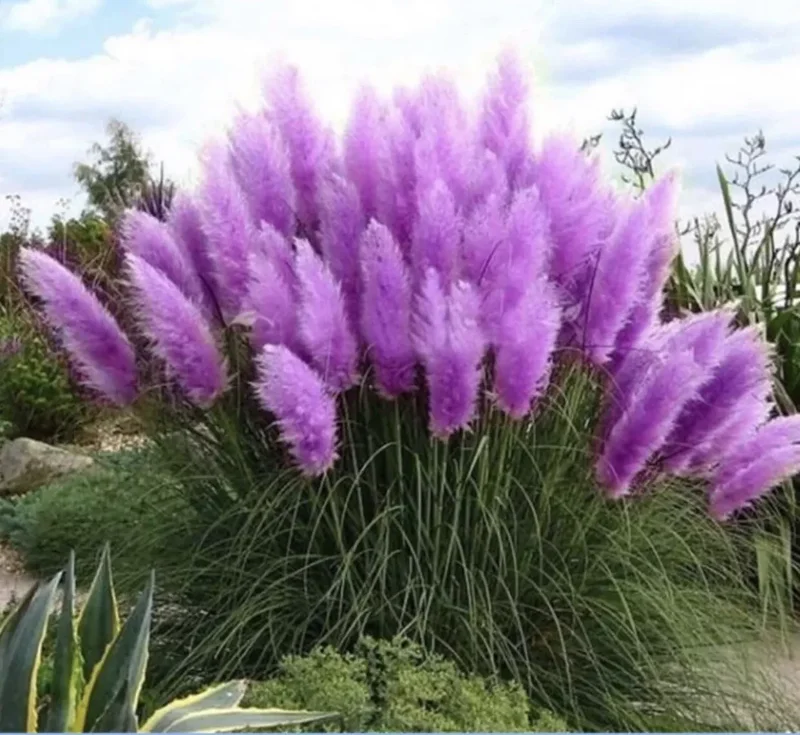
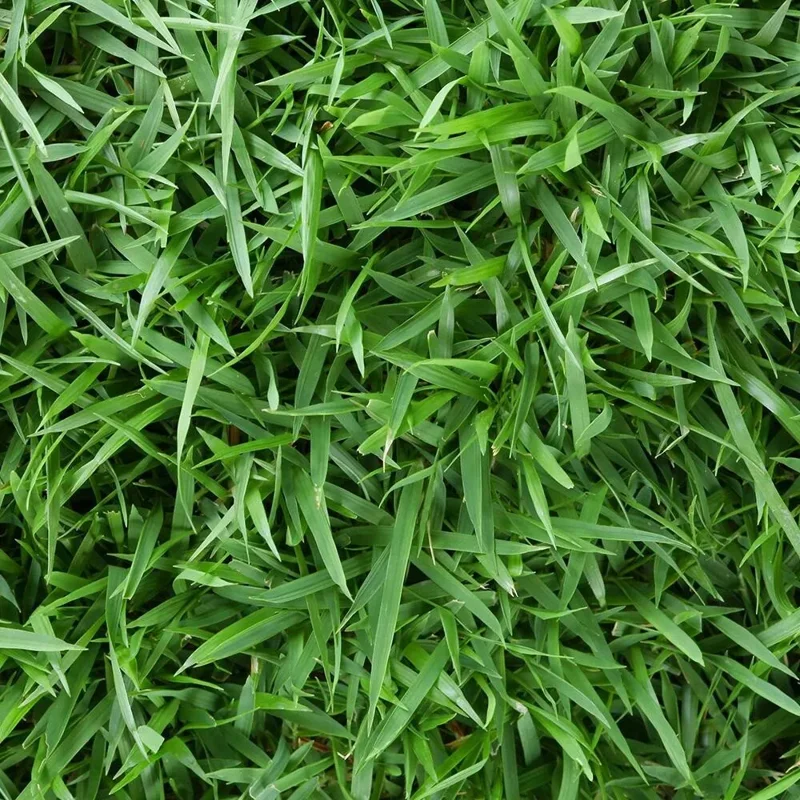
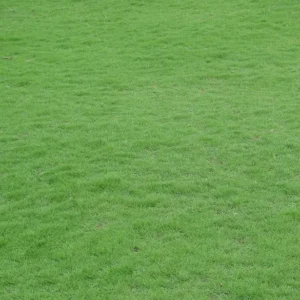
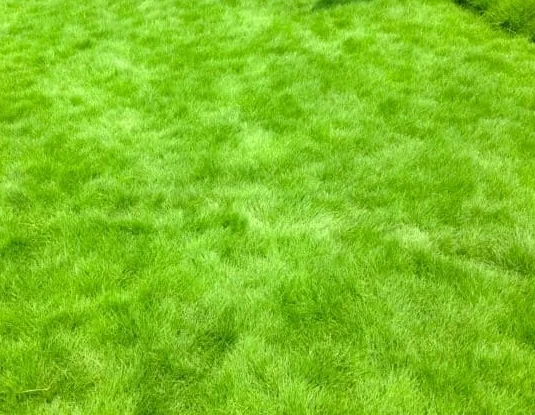
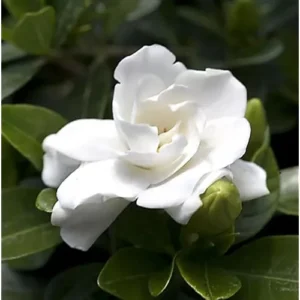
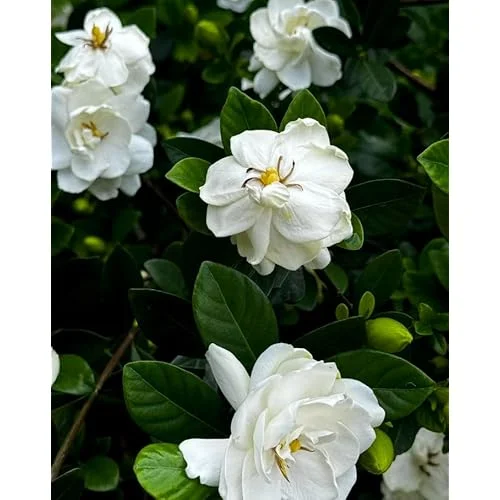
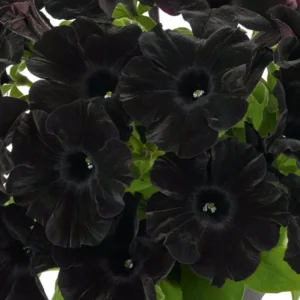
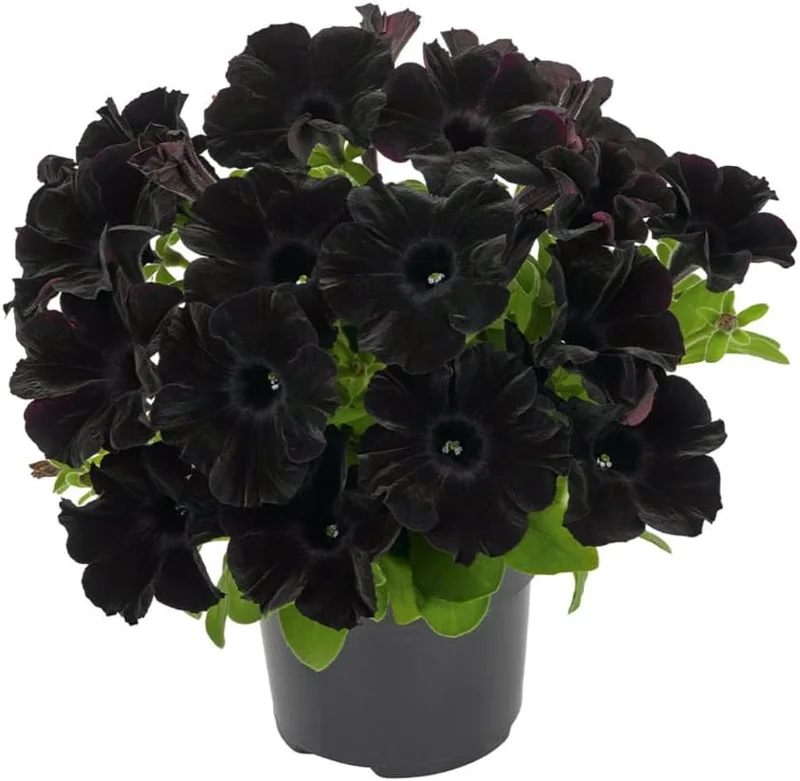
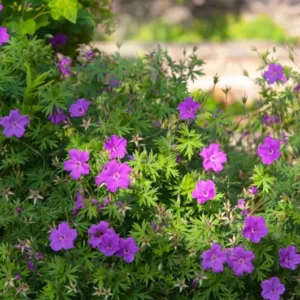
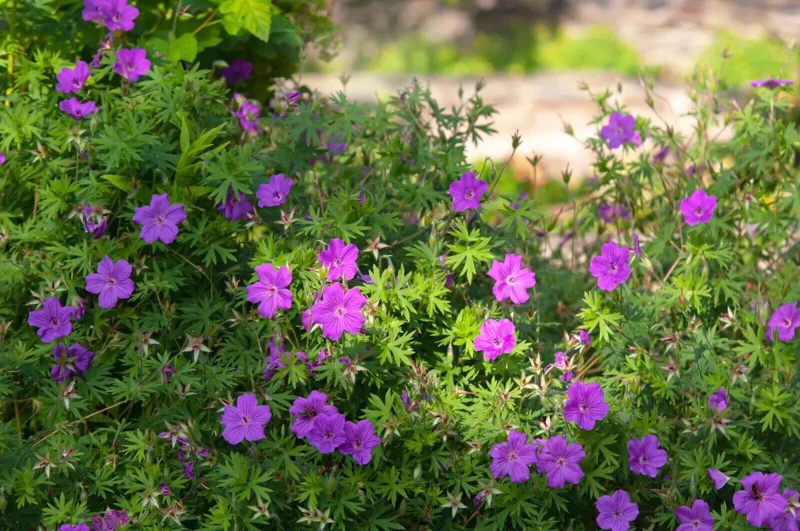
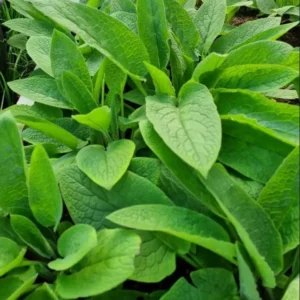
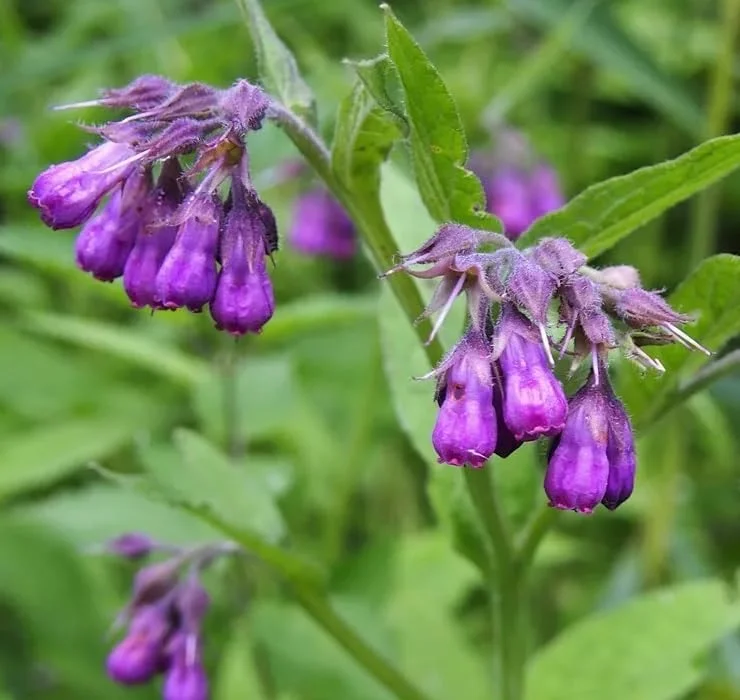
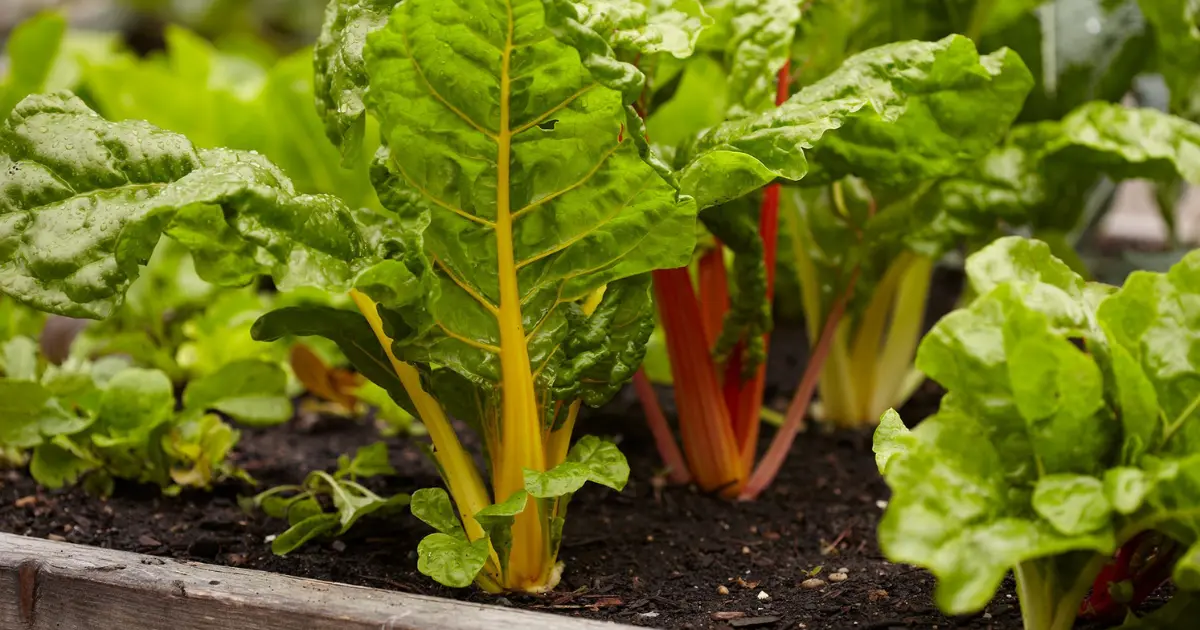
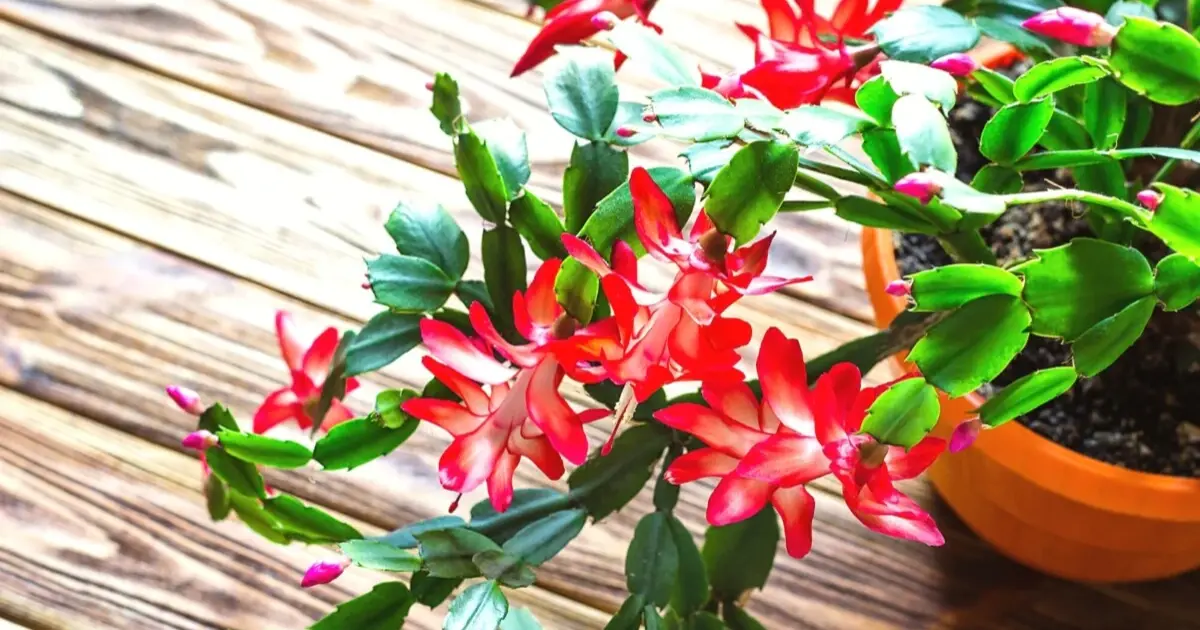
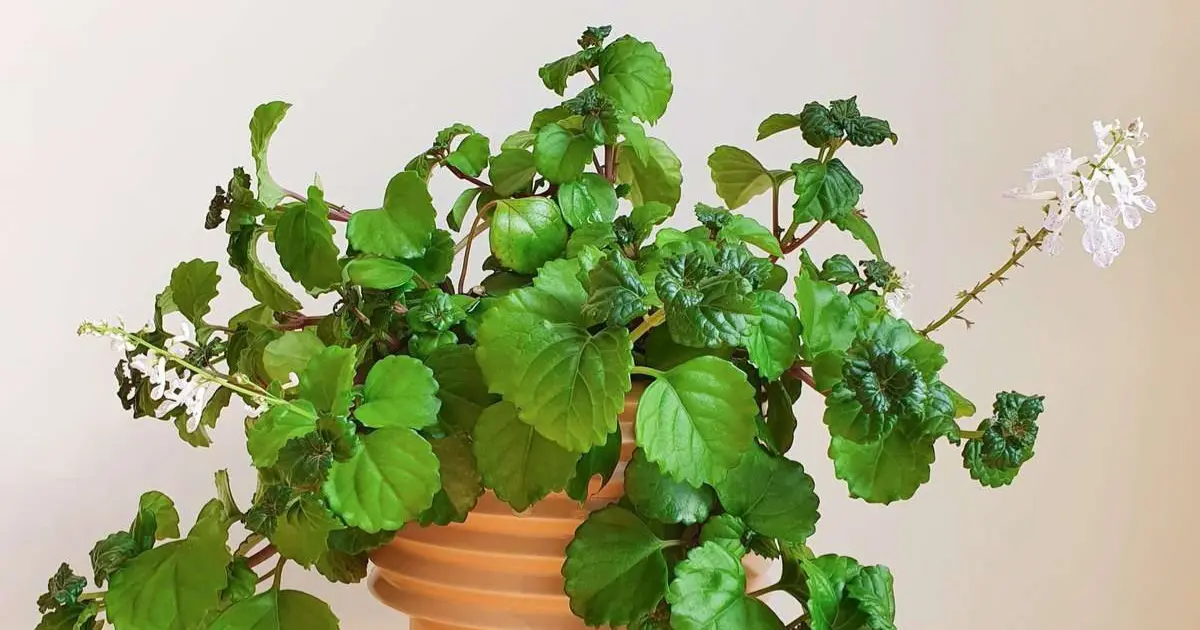
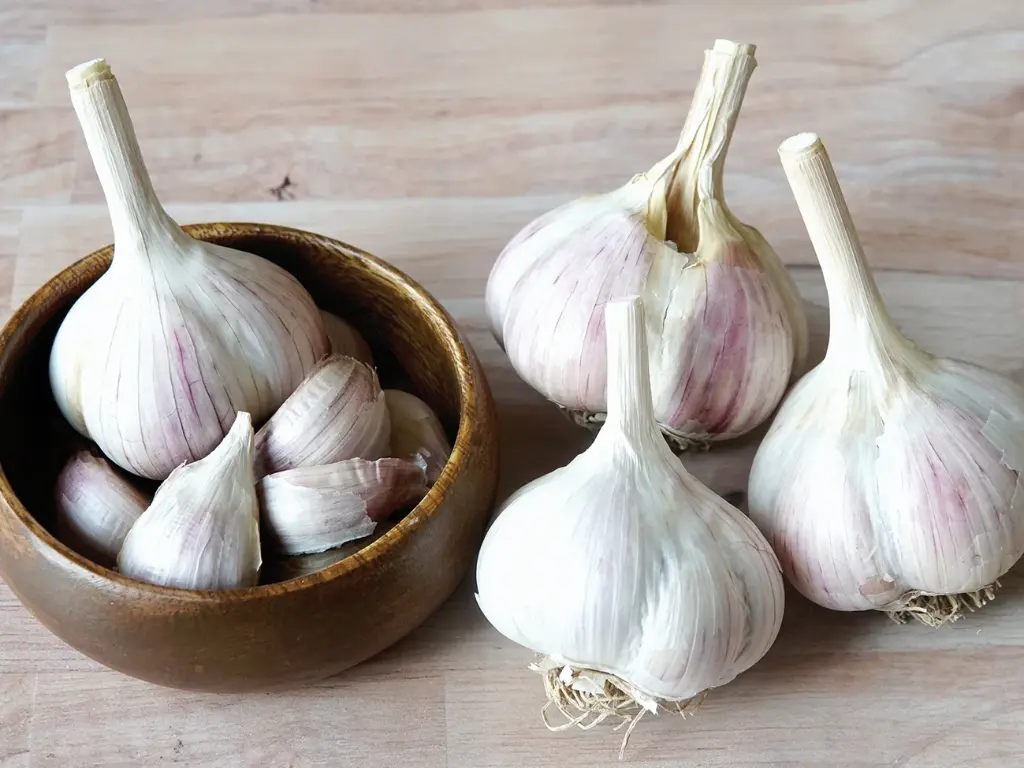
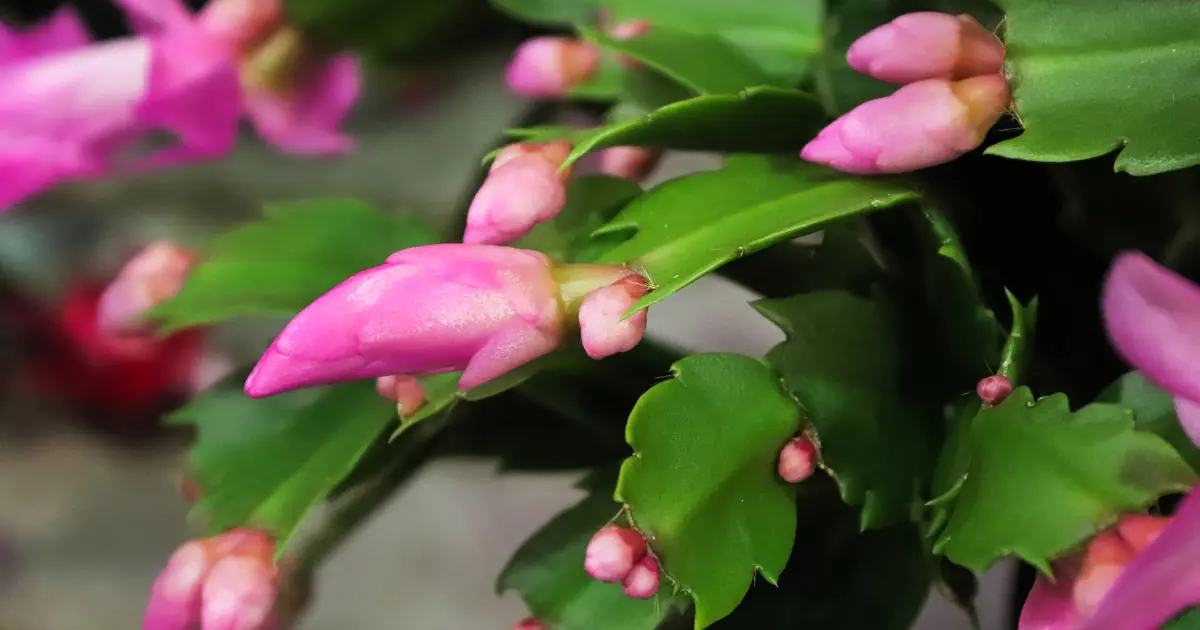
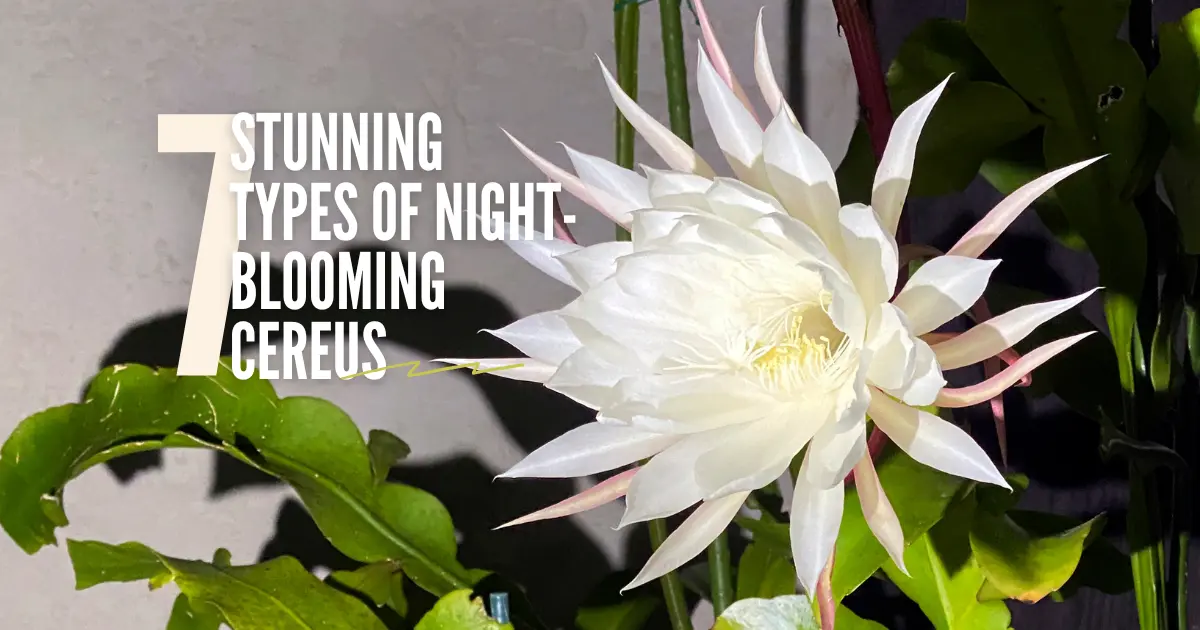
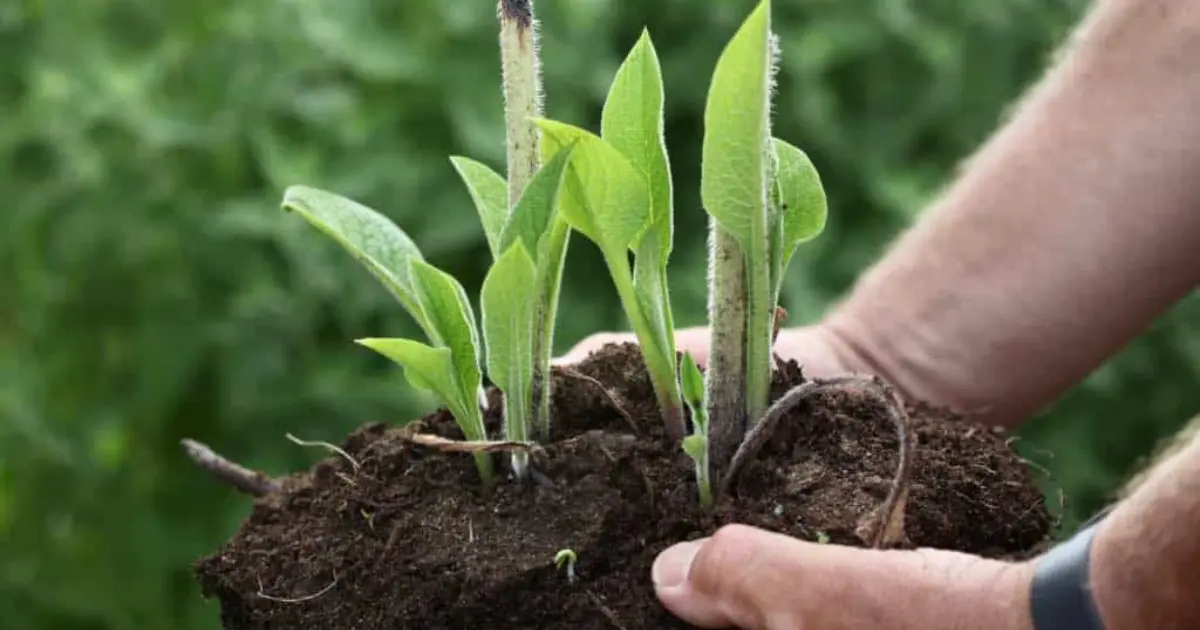
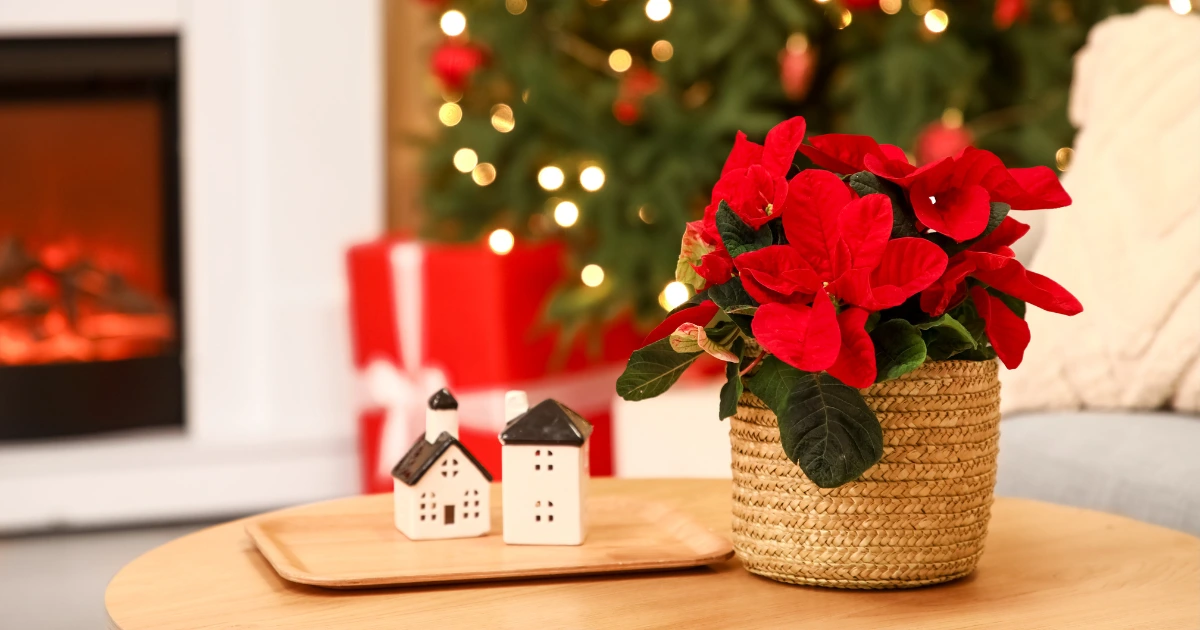
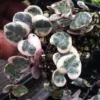
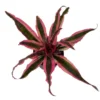

Reviews
There are no reviews yet.